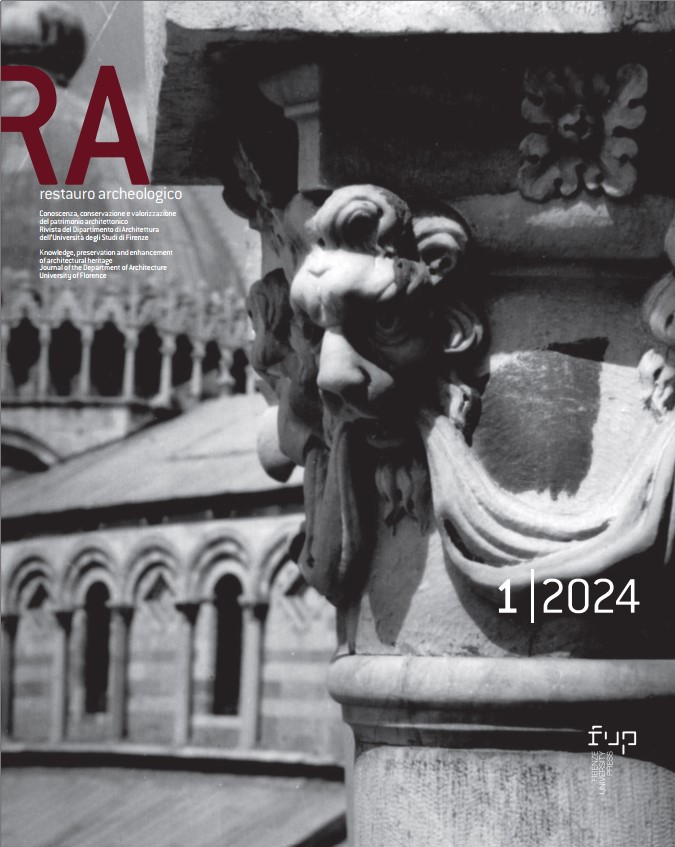Rappresentazione digitale e restauro virtuale per la validazione di ipotesi ricostruttive del ciborio della Pieve di San Giorgio in Valpolicella
Published 2024-09-24
Keywords
- Virtual Anastylosis,
- 3D Modeling,
- Digital Reconstruction,
- Virtual Restoration,
- Pieve di San Giorgio Valpolicella
How to Cite
Copyright (c) 2024 Francesca Galasso

This work is licensed under a Creative Commons Attribution 4.0 International License.
Abstract
Scientific research dedicated to preserving the historical memory of architectural heritage often deals with the preservation of artefacts altered by restoration work. However, such interventions can transform valuable architecture, compromising its stylistic consistency and generating uncertainty about its original cultural role. The ciborium of the Pieve di San Giorgio in Valpolicella is an emblematic example. Built in the 10th century on a site of Longobard culture, the Pieve contains a ciborium dating back to 712 AD, attested by inscriptions on the columns. Numerous restorations have altered its original configuration. In 1923, an attempt at reconstruction assembled museum fragments and local arches, without adequate historical and artistic analysis, resulting in a stylistically ambiguous representation. This study proposes an in-depth investigation to develop a formal digital reconstruction process, using graphic representation tools to codify documentary sources and obtain a renewed and clear image of the Pieve's original artistic apparatus.

